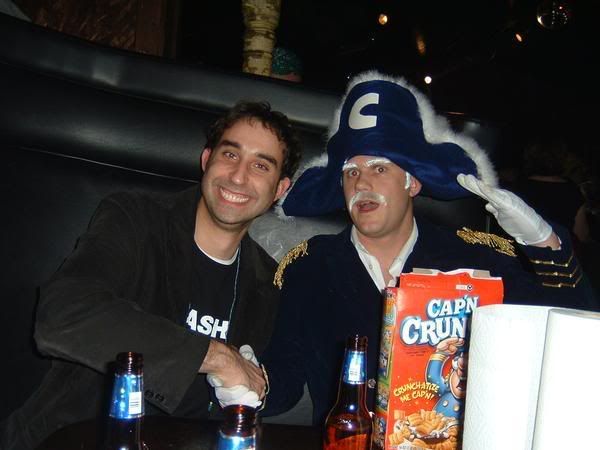Design Critique: Museum of Modern Art
 The Museum of Modern Art Web site is a portal into its various art and online exhibits, education and family programs. The Web site's function is simple: to inform and to entice visitors into exploring the New York-based museum’s offerings.
The Museum of Modern Art Web site is a portal into its various art and online exhibits, education and family programs. The Web site's function is simple: to inform and to entice visitors into exploring the New York-based museum’s offerings.
The designers aim to serve the informational needs of potential patrons on the home page by using a four-column grid to organize nearly 60 links. The main page manages to  fill about 80 percent of an 800x600 pixel screen with the main visual elements near top half of the page.
fill about 80 percent of an 800x600 pixel screen with the main visual elements near top half of the page.
Now onto the home page structure. The content is arranged in a vertical format requiring the visitor's eyes to move accordingly. The first column on the left offers the site’s main navigation features and the next column focuses on exhibitions and showcases two photos for ongoing gallery shows from Jeff Wall and Armando Reveron.
It seems those images are strategically placed below the page's dominant eye catcher: a 760 x 200 Flash graphic cycling through exhibits, reviews while offering secondary navigation to the museum store and student podcasts. Once the viewer finishes watching the Flash image, the eye then moves to exhibits column and to Wall and Reveron's photos.
Color
The Museum of Modern Art employs gray as its primary color while black and white fill out the majority of the color used on the site. The colors, repeated throughout the site, are conservative as not to distract the viewer from studying the Flash graphic.
Photos
The Web site employs a rotating Flash image and four other images. The smaller images are anchors to draw the Web visitor to explore popular sections [membership support and exhibitions.]
Analysis
I have established that the content is arranged vertically requiring the visitor’s eyes to scan the page in an up-and-down fashion. The page is link and text heavy which makes it difficult to focus on any element outside of the photos. As the online face of Museum of Modern Art, I expected to see more creativity and more use of photos and art exhibits.
The mixture of the black-colored font and grey background allows for the reader to easily scan through the extensive list of links. The inside pages are two-columns and follow the repetition of black on grey found on the home page to create a clean, simple look. Sometimes less is truly more.
Interpretation
The site designed to pique the visitor’s curiosity about the museum’s exhibits and services. My emotional reaction? The solid, yet conservatively designed site functions well as a planning tool for its target audience: patrons and curious visitors of all ages.
Evaluation
The site is a success if the visitor exhibits the patience required to locate relevant links. A good bit of scrolling is also needed since the home page does not fit the parameters of an 800x600 screen. Those complaints should not discount the unassuming Web site's expert use of white space and unifying color scheme.


4 comments:
What I noticed right away with this site was how fast the photos went by. It was too fast for me, made me uncomfortable.
Sometimes less is truly more.
A well-stated understatement, Boris!
The clean look you were surprised to find works like the clean lines of the museum itself... serving as a backdrop that highlights the works of art, not their surroundings.
yes, the photos went by very fast! Halving the cycle would be much better. I did enjoy the flash on the Museum Store. I liked that the site was simple, contradting with the School of Visual Arts website (one of the other choices for this week) that was chock-a-block with every square inch used.
I agree with A-M, less is truly more at MOMA.
Post a Comment